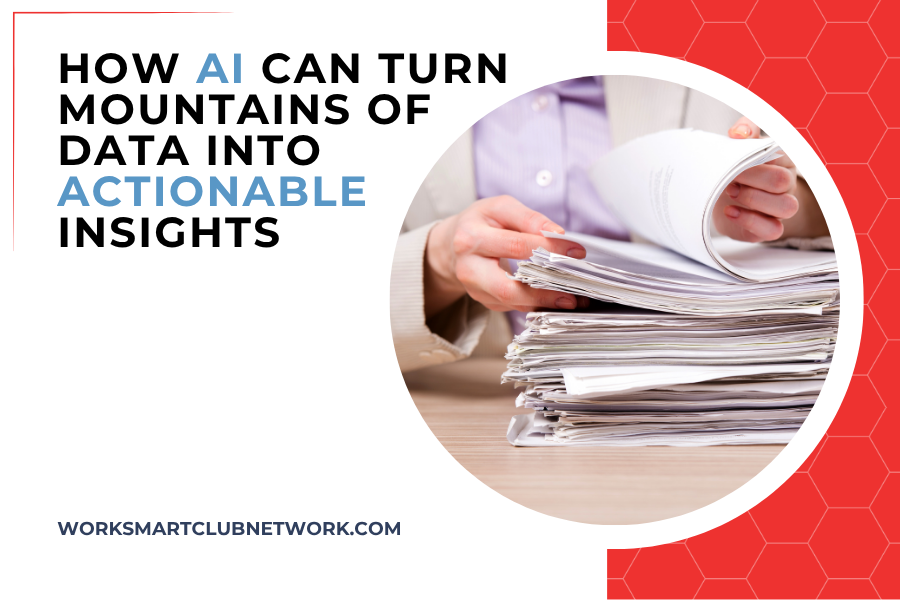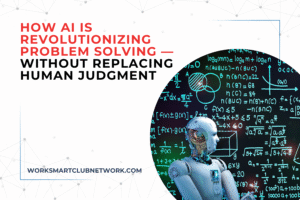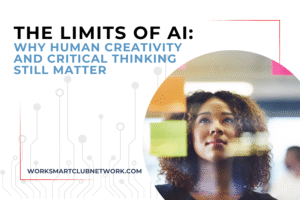In today’s digital age, companies are drowning in data. Every click, transaction, and interaction generates massive amounts of information — often too much for humans to handle on their own. That’s where AI steps in, with its ability to process and analyze huge datasets quickly, turning overwhelming data mountains into clear, actionable insights.
Why Data Overload Is a Problem
Data is valuable, but only if it’s understood and applied effectively. The sheer volume of information can create confusion and slow decision-making. Businesses might have reams of reports, customer feedback, sales numbers, and market trends — but without the right tools, it’s nearly impossible to make sense of it all in a timely way.
This overload can lead to missed opportunities, inefficiencies, and decisions based on gut feelings rather than solid evidence. The challenge isn’t collecting data; it’s using it well.
AI as the Ultimate Data Collator
AI excels at gathering, organizing, and summarizing large datasets. Unlike humans, who can become overwhelmed or fatigued, AI systems can process information 24/7 without losing accuracy or speed. They can pull data from multiple sources — social media, sales platforms, customer databases, and more — then integrate it into a comprehensive view.
This capability is especially useful for businesses that want to stay agile and responsive. For example, AI-powered dashboards can track real-time sales trends, monitor customer sentiment on social channels, or flag potential supply chain issues before they become critical. By delivering timely, relevant insights, AI helps decision-makers stay ahead of the curve.
Making Sense of Complexity
Many business problems are multi-dimensional, involving variables that interact in complex ways. AI can identify patterns and relationships that would be invisible to the naked eye. For instance, it can analyze how changes in pricing, marketing campaigns, and competitor moves collectively impact sales performance.
Through machine learning, AI systems continually refine their models based on new data, improving their predictions and recommendations over time. This dynamic learning process means AI can adapt to evolving market conditions, helping businesses optimize strategies in real time.
But AI Isn’t a Crystal Ball
Despite its strengths, AI is not infallible. The quality of insights depends heavily on the quality of input data. Inaccurate, incomplete, or biased data leads to flawed conclusions. Moreover, AI can sometimes identify correlations that are statistically significant but not causally meaningful, requiring human interpretation.
This is why human oversight remains essential. Business leaders and analysts need to critically evaluate AI-generated insights, asking questions like: Does this pattern make sense? Are there external factors the AI hasn’t considered? How does this fit with our broader strategy?
Collaboration Between AI and Humans
The best outcomes come from combining AI’s data-crunching power with human expertise. AI handles the heavy lifting of processing and summarizing data, freeing people to focus on interpreting insights, generating ideas, and making strategic decisions.
By using AI as a tool — not a replacement — companies can turn raw data into meaningful stories that guide action. Whether it’s identifying new market segments, improving customer experience, or streamlining operations, AI-powered insights give organizations a competitive edge.
AI’s ability to collate and analyze large amounts of information is transforming how businesses make decisions. When paired with human judgment and critical thinking, AI becomes a force multiplier — turning complexity into clarity and raw data into strategic advantage.
As data continues to grow exponentially, organizations that harness AI wisely will not only survive but thrive in the ever-changing business landscape.






Responses